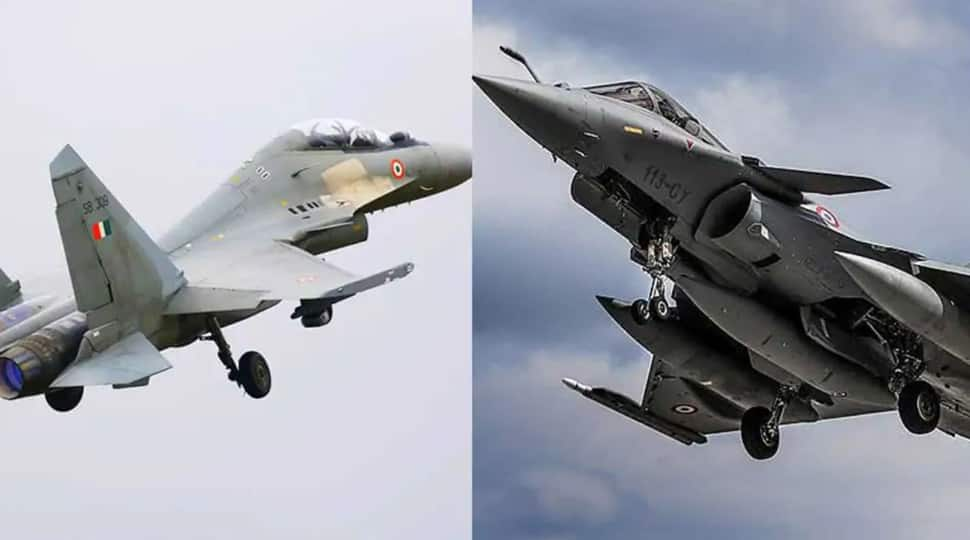SOURCE : AFI

Bharat Karnad, an emeritus professor in National Security Studies at the Centre for Policy Research in Delhi, has recently voiced critical insights regarding India’s current air force strategy in his latest column. A respected national security expert, Karnad offers a comprehensive analysis of the Indian Air Force’s (IAF) capabilities and the strategic decisions influencing its future.
Karnad argues that India lacks both symmetric and asymmetric force advantages along the Line of Actual Control (LAC) with China. He contends that the People’s Liberation Army Air Force (PLAAF) could quickly rectify this imbalance by deploying a significant number of aircraft from mainland bases. Despite this, Karnad believes that the current IAF aircraft mix can effectively counter large numbers of Chinese aircraft operating from Tibetan plateau bases for the time being. This is primarily due to the altitude handicap faced by Chinese planes, which struggle with the fuel load-weapon load dilemma when taking off from high-altitude bases—an issue that IAF aircraft launching from the plains do not encounter.
Karnad advocates for the operational and economic superiority of the Su-30 MKIs over the Rafale jets. He highlights that for the cost of two Rafales equipped with various onboard missiles—Mica A2A, short-range Hammer A2G, Scalp cruise, and long-range A2G Meteor—the IAF could acquire five Su-30s. These aircraft, praised by many international aviation experts as the best air dominance fighters currently available, offer a more cost-effective and capable solution for India’s air defense needs. Karnad credits former Defence Minister Manohar Parrikar for wisely choosing the Su-30MKI option over the Rafale, despite the political fallout that saw him return to Goa.
Karnad criticizes the exclusion of Russia and the United States from India’s aircraft procurement process. He suggests that this move only makes sense if the savings are invested in indigenous programs such as the Advanced Medium Combat Aircraft (AMCA), Tejas 1A, and Mk-2. However, he warns against funneling funds to France to support its aerospace sector, a recommendation purportedly favored by some in the Air Force. Reading between the lines, Karnad implies that there is a lack of confidence in the success of the Tejas and AMCA programs within certain circles of the IAF.
Karnad questions the rationale behind the reliance on French aviation solutions, especially considering the potential for American influence on French defense policies. He hints at underlying motivations, such as the appeal of frequent trips to Paris for negotiation purposes, rather than a genuine assessment of India’s long-term defense needs.